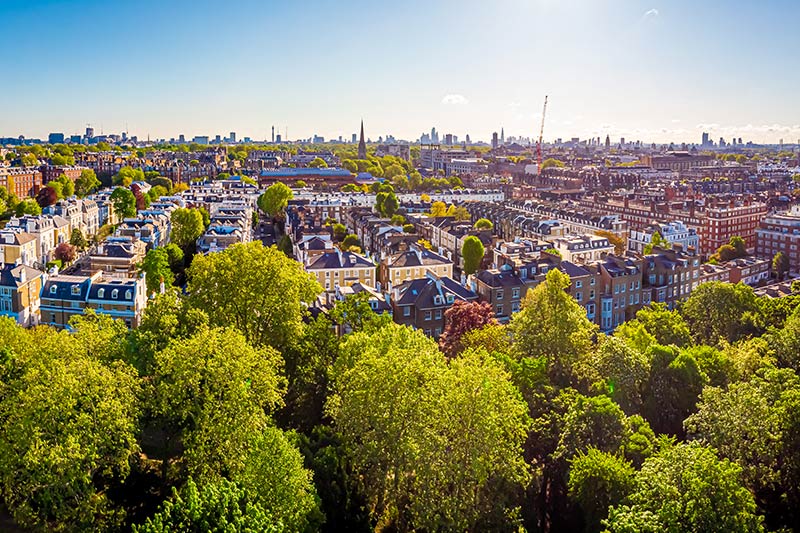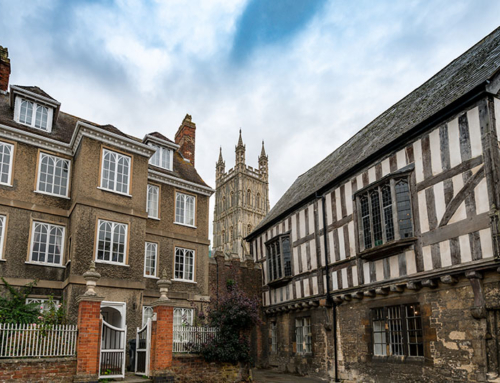It’s crunch time for home movers. From today, the stamp duty tax-free threshold will drop from a purchase price of £500,000 to £250,000, returning to the pre-pandemic level of £125,000 on 30 September.
Considering that the tax break has been credited as the main instigating factor behind the turbocharged property market, analysts are waiting with bated breath to see what impact the end of the scheme will have. Is the stamp duty holiday the market’s crutch – or is UK property robust enough to stand on its own two feet?
In this week’s blog, we’re exploring what the future has in-store for the sector.

Price drop?
The stamp duty holiday has bolstered the property market and the economy in the midst of the pandemic. The handout encouraged buyers at all price levels to move, particularly second and third-steppers looking to upsize the family home. It also incentivised investors to purchase flats again, although they have to pay a three per cent surcharge.
According to the Nationwide Building Society, UK house prices rose 13.4% in the year to June, the fastest pace since November 2004. As a result of demand outpacing supply, housing prices have risen faster than inflation. In many cases, the promised tax savings have been completely absorbed by these amplified costs.
As the relief window closes, the market may stabilise and potentially experience a price correction. This will be welcome news to first time buyers who will continue to receive stamp duty relief on property worth less than £300,000. The tax break will enable them to purchase property without competition from buy-to-let investors or those buying city boltholes for the future.
On the other hand…
Although the stamp duty holiday has certainly boosted the market, it is important to remember that there are many other reasons why house prices have been surging. When considering this, it’s possible that the final closure of the scheme at the end of September may have no impact at all.
Widespread home working instigated by the pandemic, has triggered a “race for space” amongst buyers. This, combined with the sparse supply of property, low interest rates, the Government’s management of inflation and the substantial savings pots accumulated after months of COVID restrictions, make it very plausible that the property market will remain buoyant.
It is also important to remember, that the holiday isn’t over yet! Although there is a substantial tapering from July, the scheme runs to end September – from which, £2,500 can now be saved on the value of a purchase over £250,000. While this is considerably less than the £15,000 savings currently made by buyers, it is still worthwhile and will likely continue to propel the market.

A return to normality
Despite the speculation from the industry, it remains to be seen what impact the removal of the stamp duty holiday will have on prices that boomed to record levels over the last year. One thing is for certain; the property market is as strong as ever and the most sensible prediction is that after the stamp duty deadline has passed, we’ll likely see more of a soft landing and a gradual slowing of activity levels.
At Targetfollow, we have witnessed unprecedented activity in the property market due to the stamp duty holiday – however, we believe that the sector is durable enough to retain a healthy momentum without the tax cut. In our eyes, the scheme’s gradual end is a positive, as it ushers in a welcome return to post-pandemic normality.






